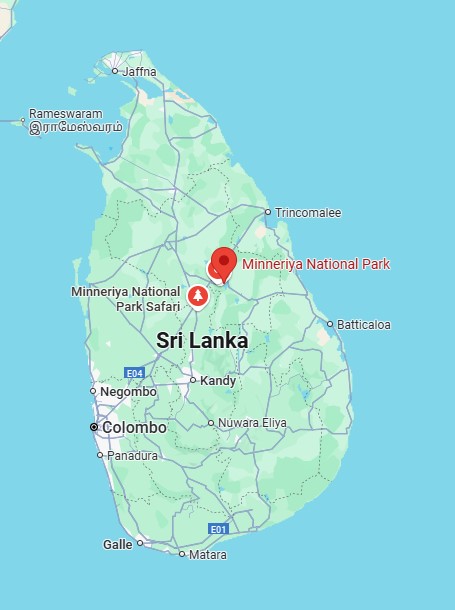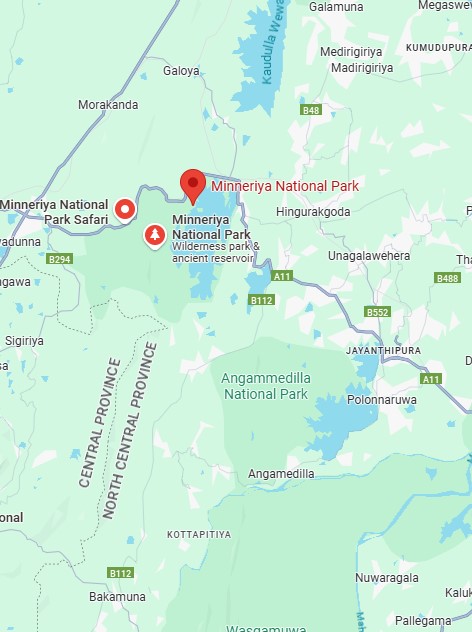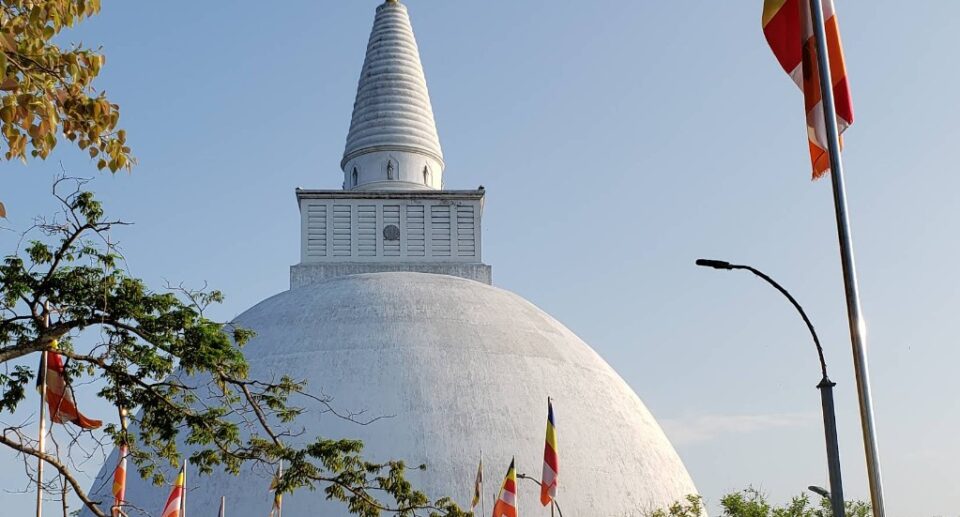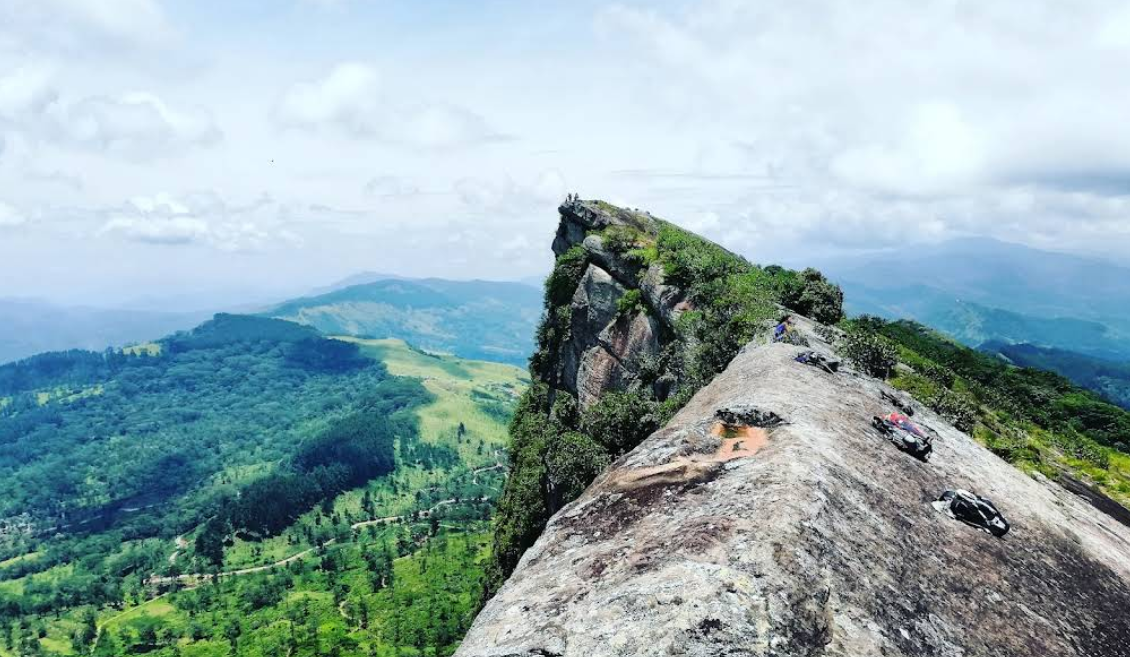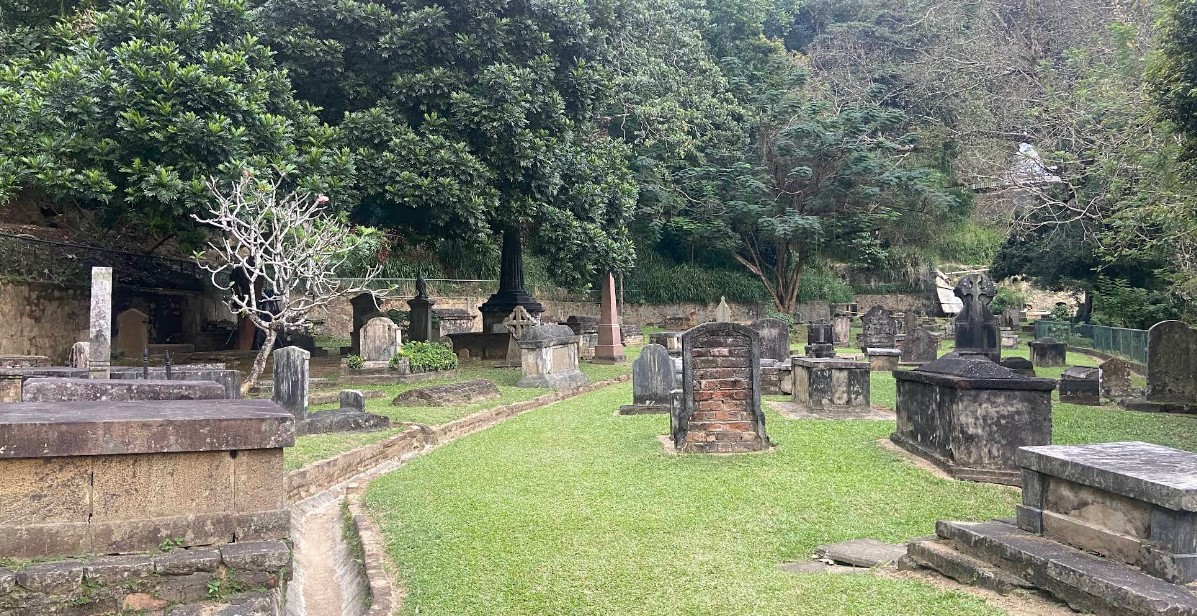Minneriya National Park: A Sanctuary of Wildlife and Wonder
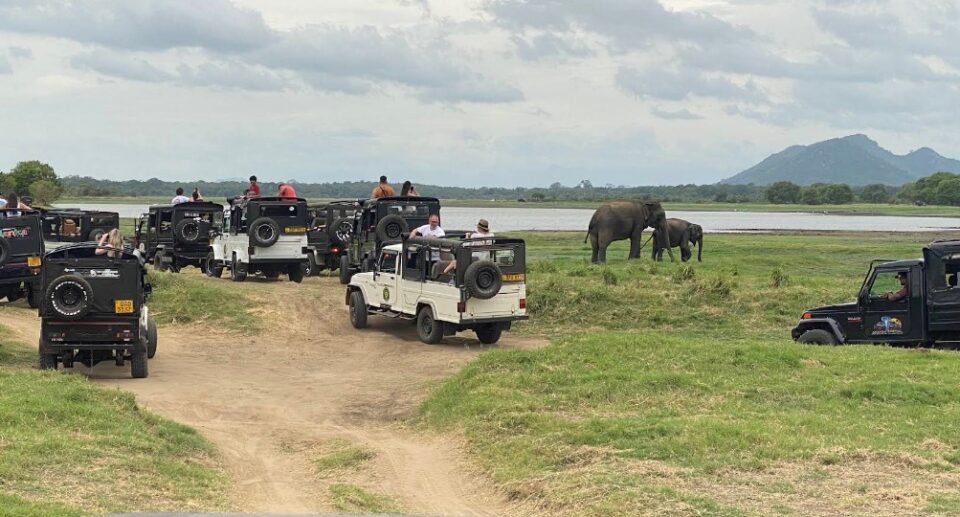
Located in Sri Lanka’s North Central Province, Minneriya National Park is among the island nation’s most popular wildlife sanctuaries. Renowned for the world-famous “Gathering” of Asian elephants, Minneriya is a melting pot of biodiversity, offering an incredible diversity of flora and fauna. Spanning over 8,800 hectares of land, the park is a jewel of the country’s conservation goals, serving as a sanctuary for both wildlife and eco-tourists, nature enthusiasts, and conservationists alike.
Minneriya is not just a wildlife park—it’s evidence of the tenuous coexistence between man and nature, past and present, tourism and conservation.
Historical Background and Geography
Minneriya National Park is approximately 182 kilometers north of Colombo, near historic towns of Polonnaruwa and Habarana. It was declared a national park in 1997, but its beginnings are ecologically rooted over a thousand years ago.
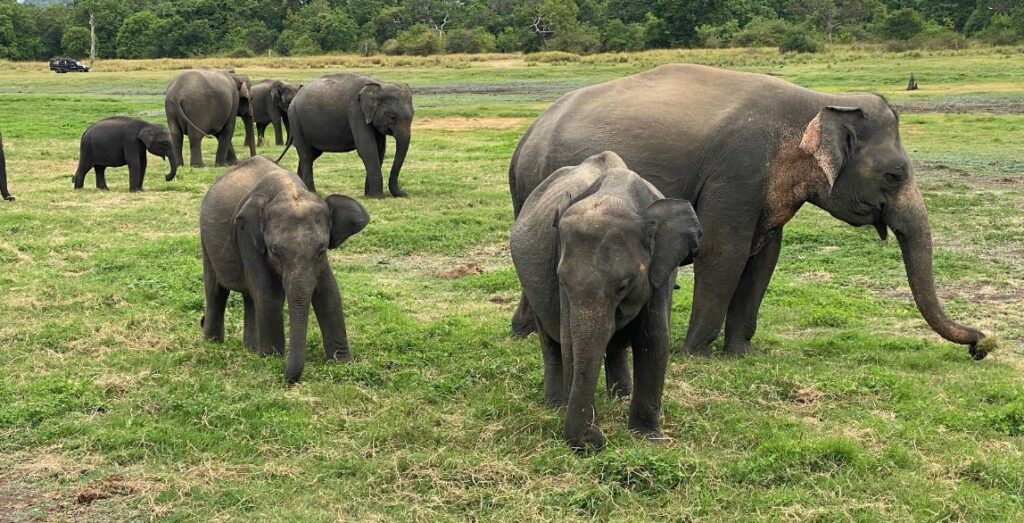
At its core lies the Minneriya Tank, an ancient man-made reservoir dating back to the 3rd century AD under the reign of King Mahasen. Initially built for irrigation to aid agriculture, the tank is now the park’s lifeblood, especially in dry season when it attracts animals from nearby forests. This integration of ancient hydraulic engineering and modern ecological application is a testament to Sri Lanka’s centuries-long tradition of environmental management.
Minneriya’s terrain includes dry tropical forests, wetlands, grasslands, and scrublands, which create a diverse range of habitats for its inhabitants. The park is also home to the elephant corridor that links Minneriya to the neighboring Kaudulla and Wasgamuwa National Parks, supporting large-scale migration of wildlife as well as genetic interchange.
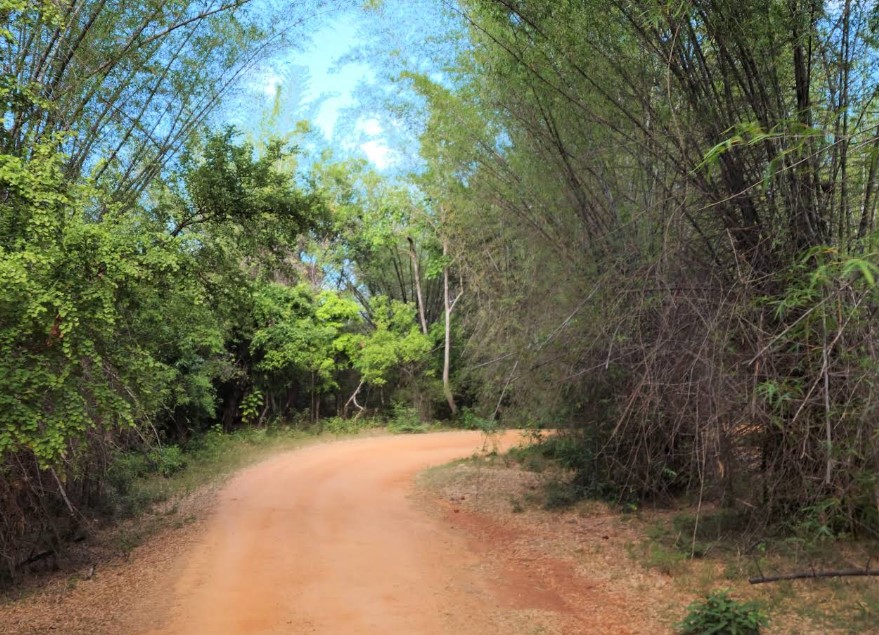
The Gathering: A Spectacle of Nature
Arguably its most symbolic feature is “The Gathering,” a yearly wildlife spectacle that is internationally renowned. In the dry season (typically June to September), a herd of several hundred Asian elephants migrates to the Minneriya Tank in the search for water and provisions.
It is referred to as the planet’s biggest annual rendezvous of Asian elephants. The elephant herds of 100 to 300 members—made up of calves, juveniles, and adults—come what appears to be a choreographed party of life and family. To witness elephants grazing, bathing, socializing, and taking care of their young on open savannas is an emotionally heartbreaking yet inspiring experience.
The Gathering is not only a unique wildlife-watching experience, but one of watching the elephants’ behavior in a natural setting—free from the restrictions of captivity or man-made enclosures.
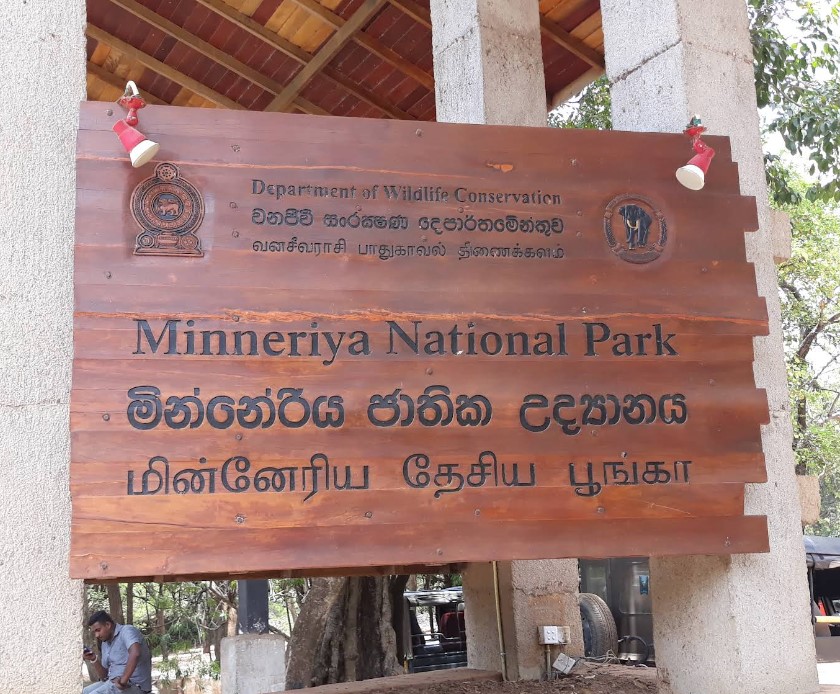
Wildlife Diversity
While elephants are Minneriya’s main attraction, Minneriya boasts an enormous variety of wildlife. The park is inhabited by over: 24 species of mammals, 160 species of birds, 9 species of amphibians, 25 species of reptiles, 75 species of butterflies
Some of the mammal residents, apart from elephants, include leopards, sloth bears, sambar deer, toque macaques, purple-faced langurs, and Indian pangolins. The solitary leopard is not often seen, but its presence contributes to the diversity of the park’s ecosystem.
Minneriya is also heaven for birdwatchers. The park boasts both migratory as well as resident birds such as: Painted storks, Asian openbill storks, Lesser adjutants, Spot-billed pelicans, Gray-headed fish eagles
The wetland and tank are vital feeding as well as breeding grounds for the birds, and Minneriya is hence a key bird area (IBA) as recognized by BirdLife International.
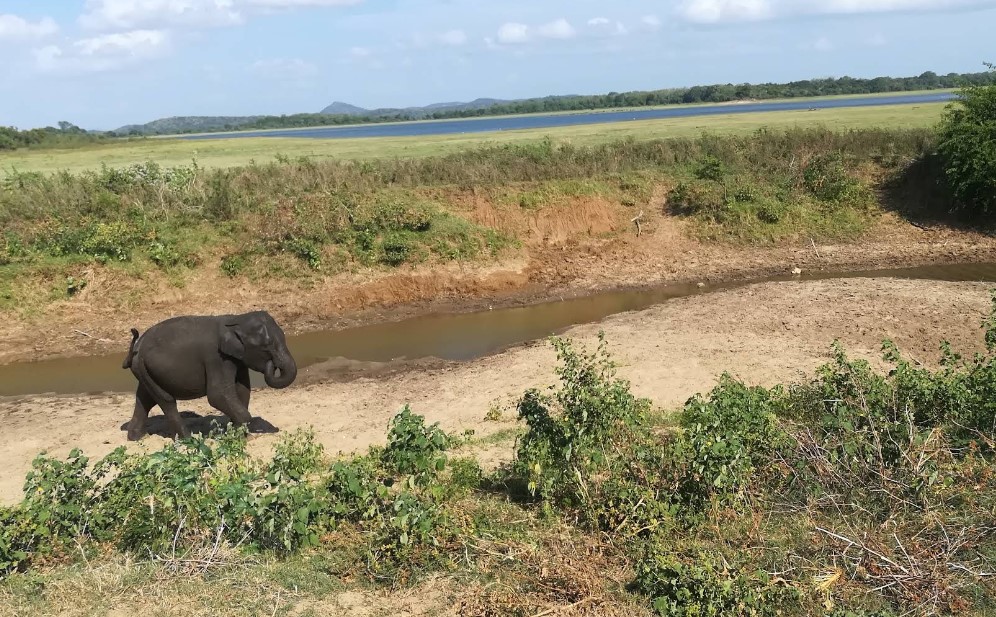
Ecological Significance
Minneriya National Park is part of the Sri Lankan Dry Zone ecosystem and is also an important location for local biodiversity conservation. The park serves as: A drought refuge during seasons An animal and nearby community water source , A corridor for migratory species.
The Minneriya Tank helps to control the local water table, supports fish, and irrigates small ponds and wetlands within the park, which enhances ecological connectivity.
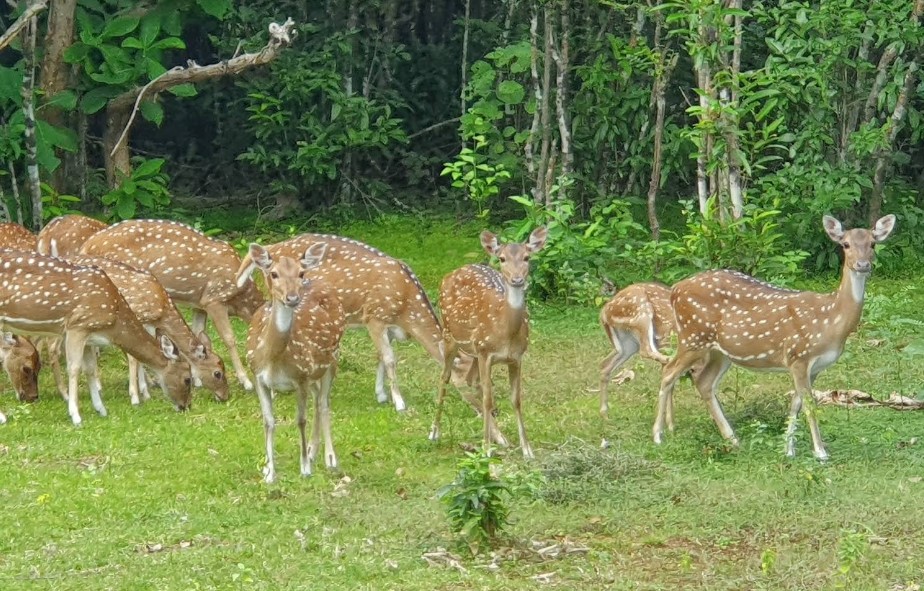
Additionally, the park’s forest and scrub lands function as sinks of carbon, reducing global climate change. These habitats also promote soil conservation and flood regulation.
Tourism and Economic Impact
Minneriya is now among Sri Lanka’s top eco-tourism destinations. Jeep safaris are the popular way to see the park, providing an opportunity to observe wildlife in its natural habitat without disturbing it. Value is added by local rangers and guides interpreting ecological data and ensuring safe, responsible practice.
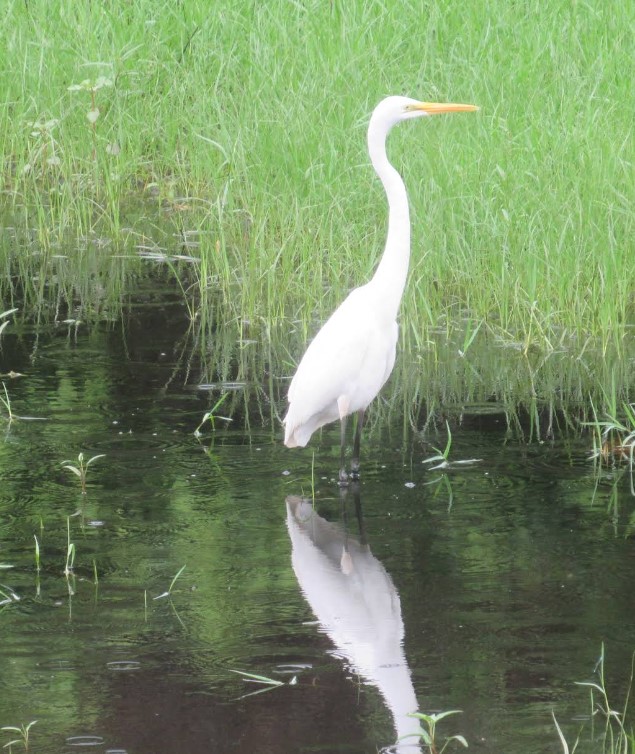
That Minneriya is near Sigiriya, Polonnaruwa, and Dambulla makes it a natural addition to the Cultural Triangle tour. The majority of tourists include historical sightseeing as an addition to a wildlife safari, which is balanced travel.
Tourism at Minneriya also contributes significantly to the local economy by: Providing jobs for guides, drivers, and service staff Maintaining craft vendors and food stalls in operation Generating revenue for conservation through park entrance fees.
But tourism must be carefully planned and managed to avoid habitat degradation, congestion, and stress among wildlife. Controlled safari circuits and sensitization of tourists are two of the sustainable tourism activities required to balance economic benefits with environmental integrity.
Conservation Challenges
Even though imperative, Minneriya is also faced with some conservation issues: Human-Wildlife Conflict: Owing to encroachment of settlements bordering the park, there has been increasing conflict between farmers and elephants. Elephant crop raiding leads to retaliatory activities by humans.
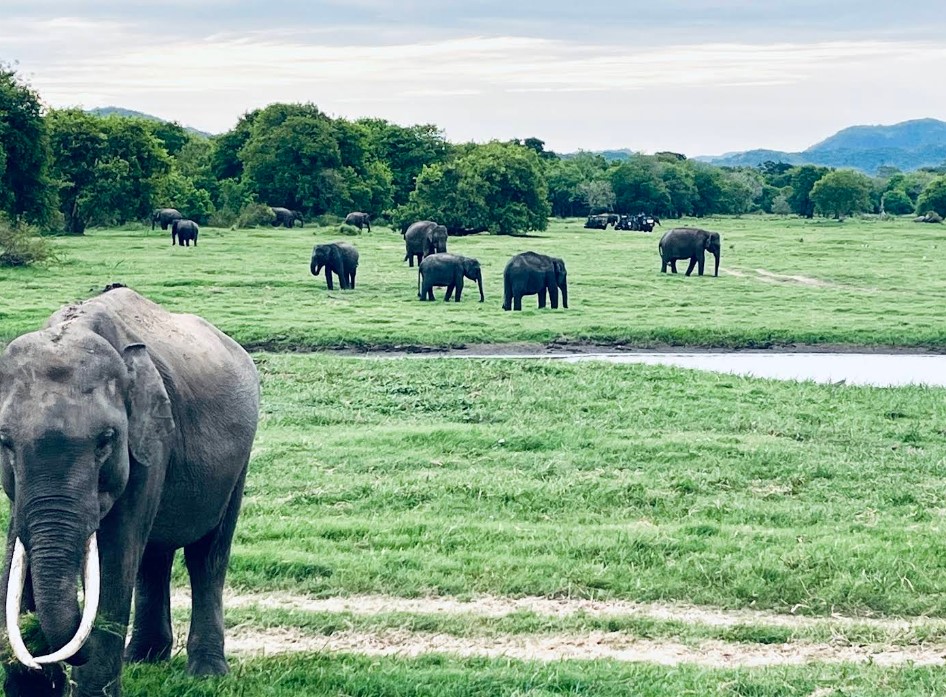
Habitat Encroachment: Land clearing for agriculture, infrastructure development, and illegal logging threaten the park’s habitat.
Climate Change: Changed patterns of rainfall and prolonged dry spells impact the tank’s water supply and wetlands surrounding it, influencing flora and fauna alike.
Uncontrolled Tourism: Certain safari operators would rather make money than protect, taking vehicles too close to animals or swarming around animal herds.
Where is Minneriya National Park?
- Location: North Central Province, Sri Lanka
- Nearest Towns: Habarana (10 km), Polonnaruwa (20 km), Sigiriya (20 km), Dambulla (30 km)
- Distance from Colombo: ~182 km (~4.5–5.5 hours by car)
By Car or Taxi (Most Convenient)
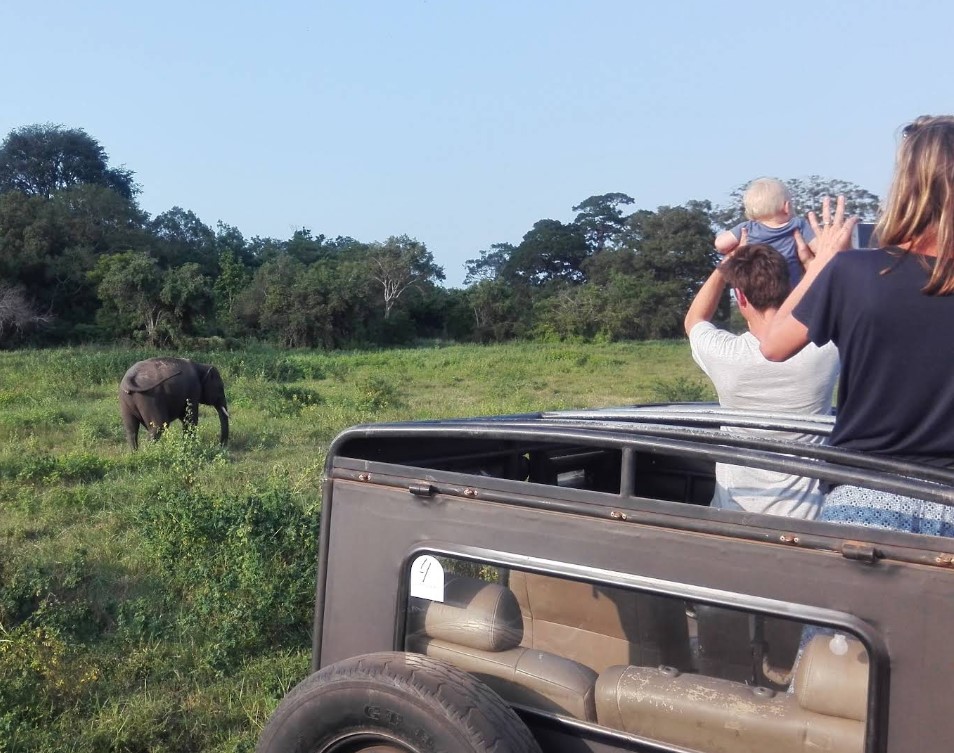
From Colombo:
- Route:
Colombo → Kurunegala → Dambulla → Habarana → Minneriya
(Via A1 and A6 highways) - Distance: ~182 km
- Travel Time: 4.5 to 5.5 hours
- Toll Road Option: You can take the Colombo-Katunayake Expressway (E03) and connect to A1 for faster travel.
From Kandy:
- Distance: ~100 km
- Travel Time: 2.5 to 3 hours
- Route: Kandy → Matale → Dambulla → Habarana → Minneriya
A private car or taxi is the most comfortable and flexible option. You can stop at other attractions along the way like Dambulla Cave Temple or Sigiriya Rock Fortress.
By Bus (Budget Option)
- From Colombo:
- Take a long-distance bus to Habarana, Polonnaruwa, or Trincomalee (many pass near Minneriya).
- Get off at Habarana Junction or Minneriya Junction.
- From there, take a local tuk-tuk (~Rs. 500–1000) to the park entrance.
- From Dambulla or Polonnaruwa:
- Regular intercity buses run between Dambulla, Habarana, and Polonnaruwa.
- You can get down at Minneriya Junction and hire a tuk-tuk
By Train (Scenic Option)
- Train Route:
Colombo → Habarana (on the Northern Line) - From Colombo Fort Station:
Board a train to Habarana Station (less frequent, so check schedule in advance). - From Habarana Station:
Take a tuk-tuk or taxi to Minneriya National Park (~15–20 minutes).
By Tour or Safari Package
- Many travel agencies and hotels in Sigiriya, Dambulla, Habarana, or Polonnaruwa offer guided jeep safaris to Minneriya.
- This is a hassle-free option that includes:
- Hotel pick-up/drop-off
- Park entry fees
- A 4×4 jeep with a guide/driver
Popular Base Towns for Safari Tours:
- Habarana (closest)
- Sigiriya
- Dambulla
- Polonnaruwa
Travel Tips
- Best time to visit: July to October (dry season) during the elephant Gathering.
- Opening hours: 6:00 AM to 6:00 PM
- What to bring: Water, sun hat, sunscreen, binoculars, camera
- Park fees: Expect to pay Rs. 4,000–7,000 per person for park entry + jeep hire (if not in a package)
